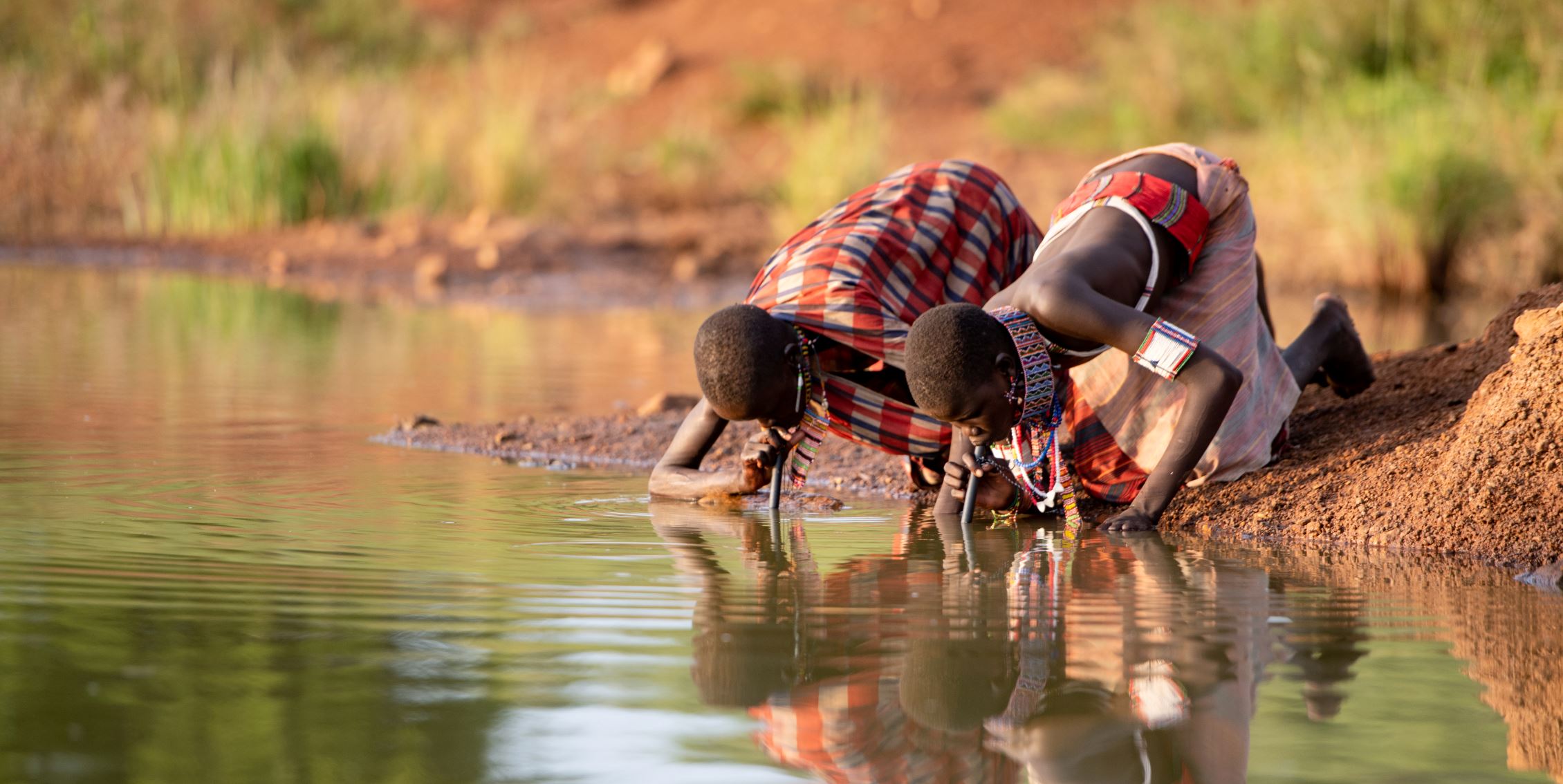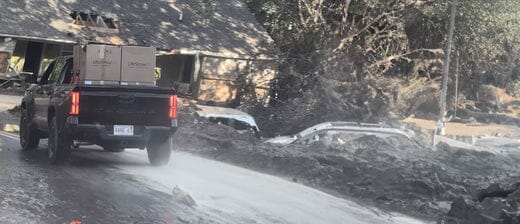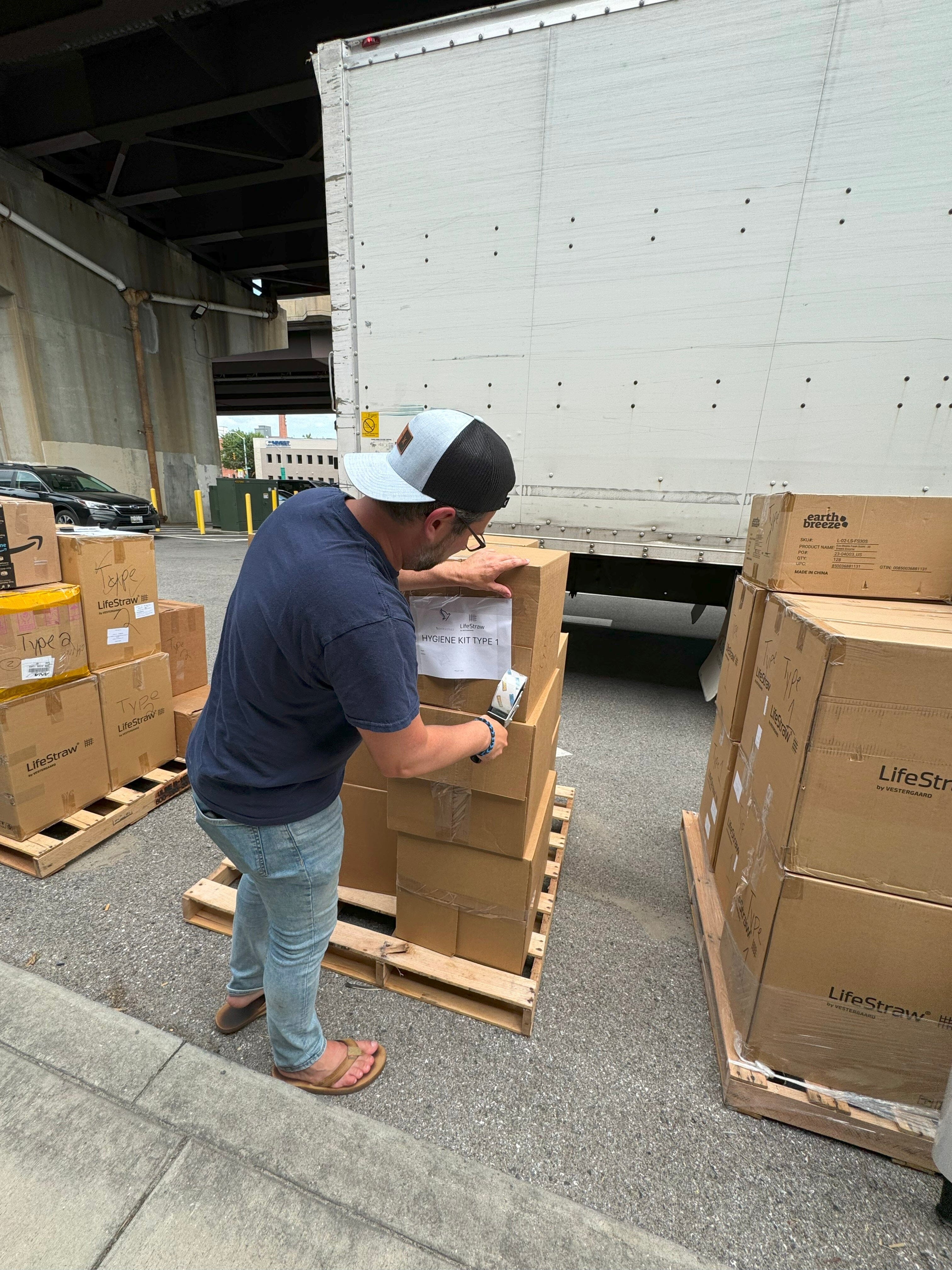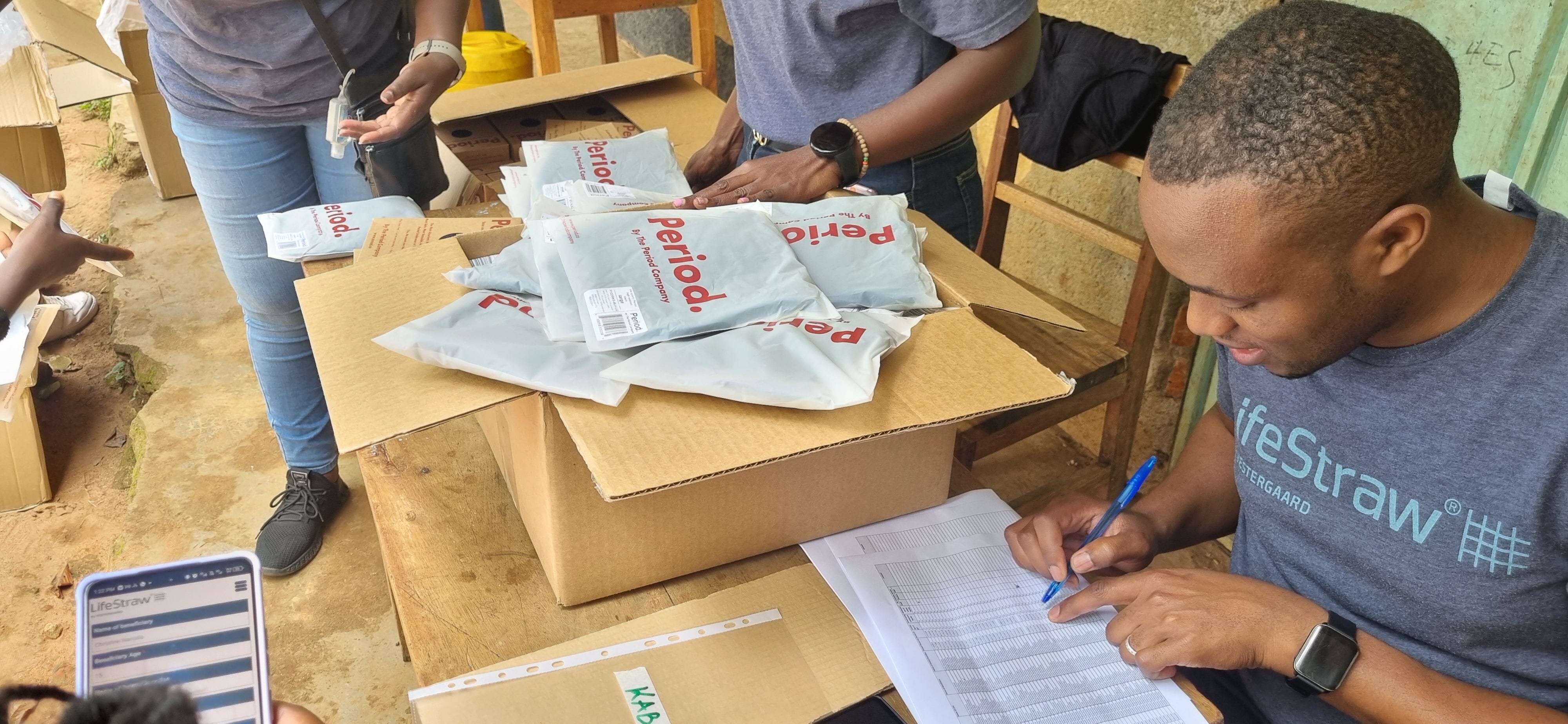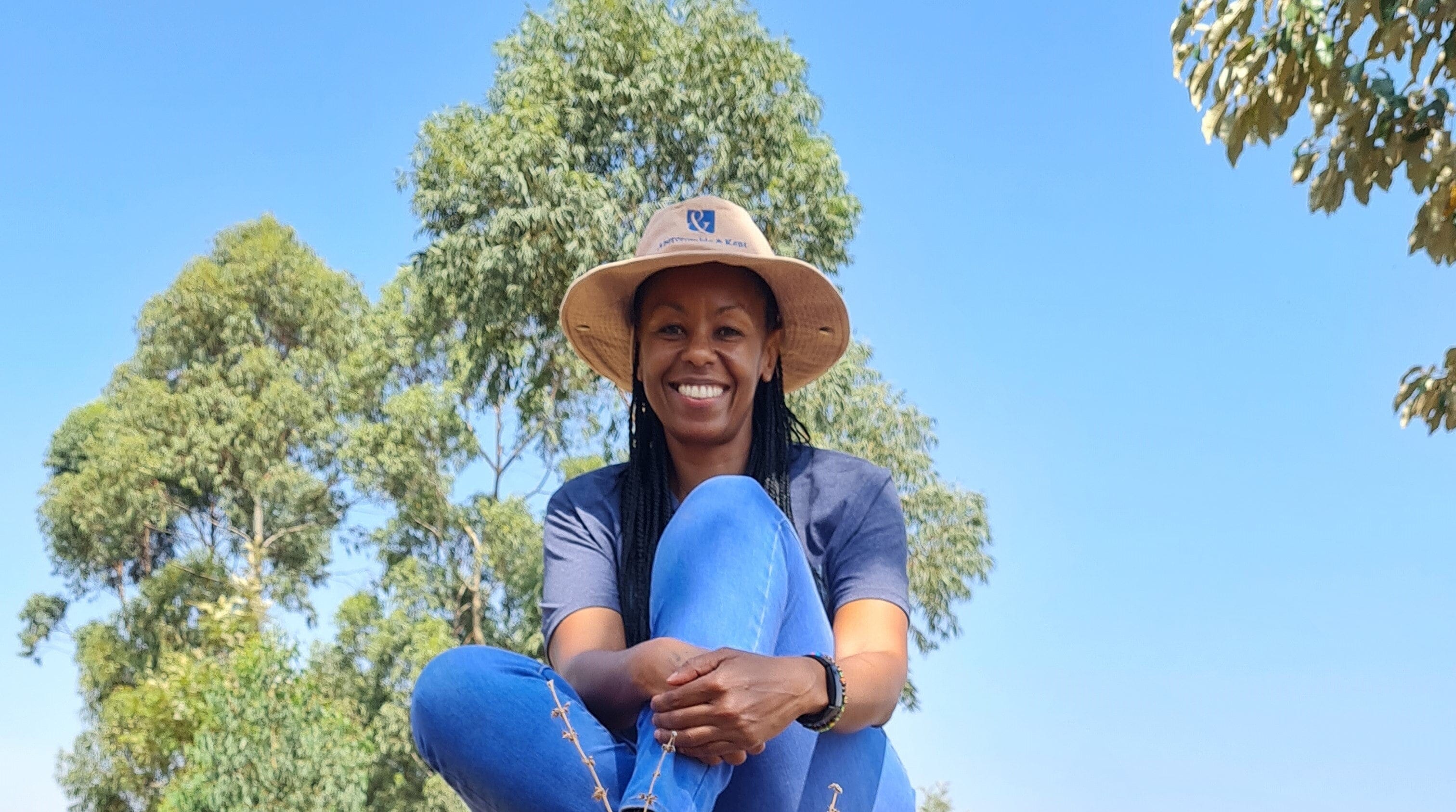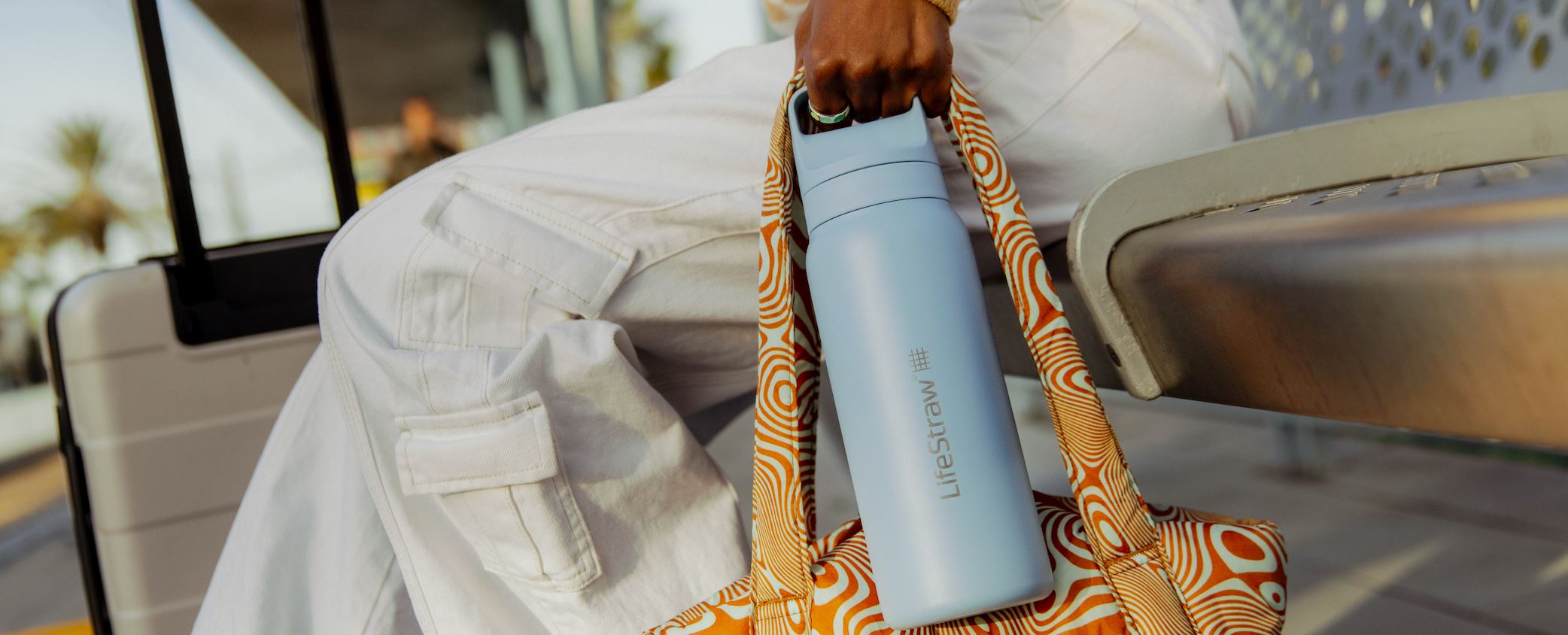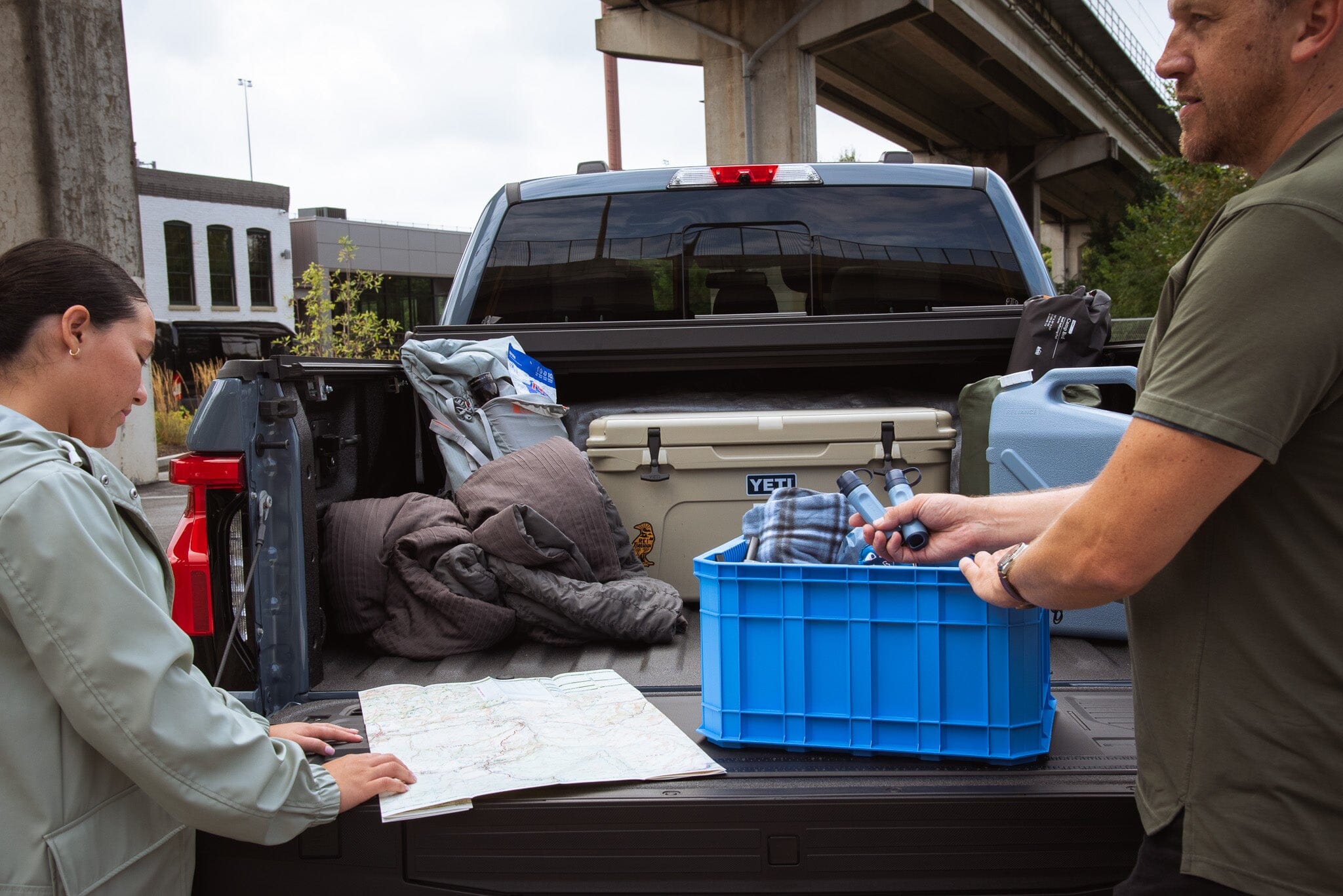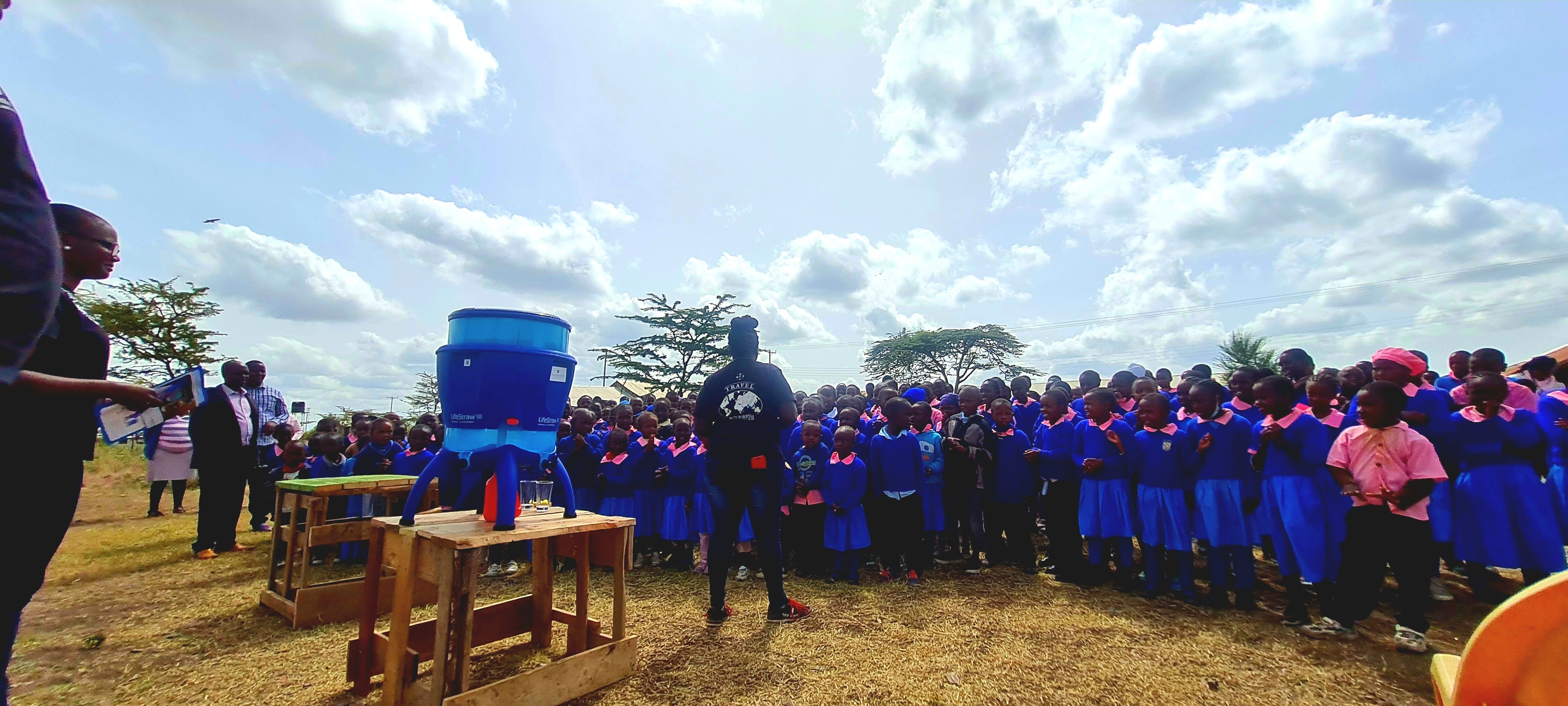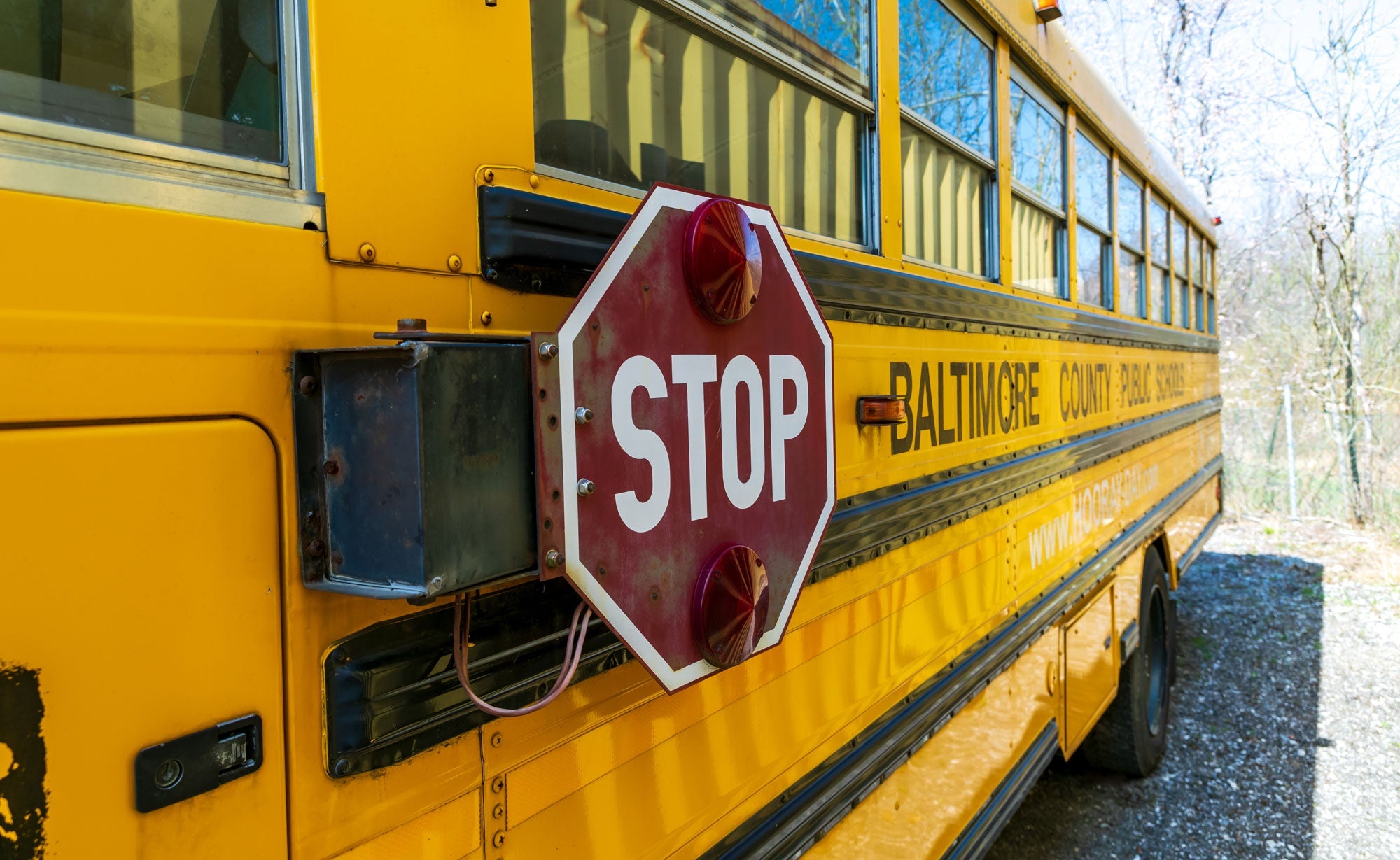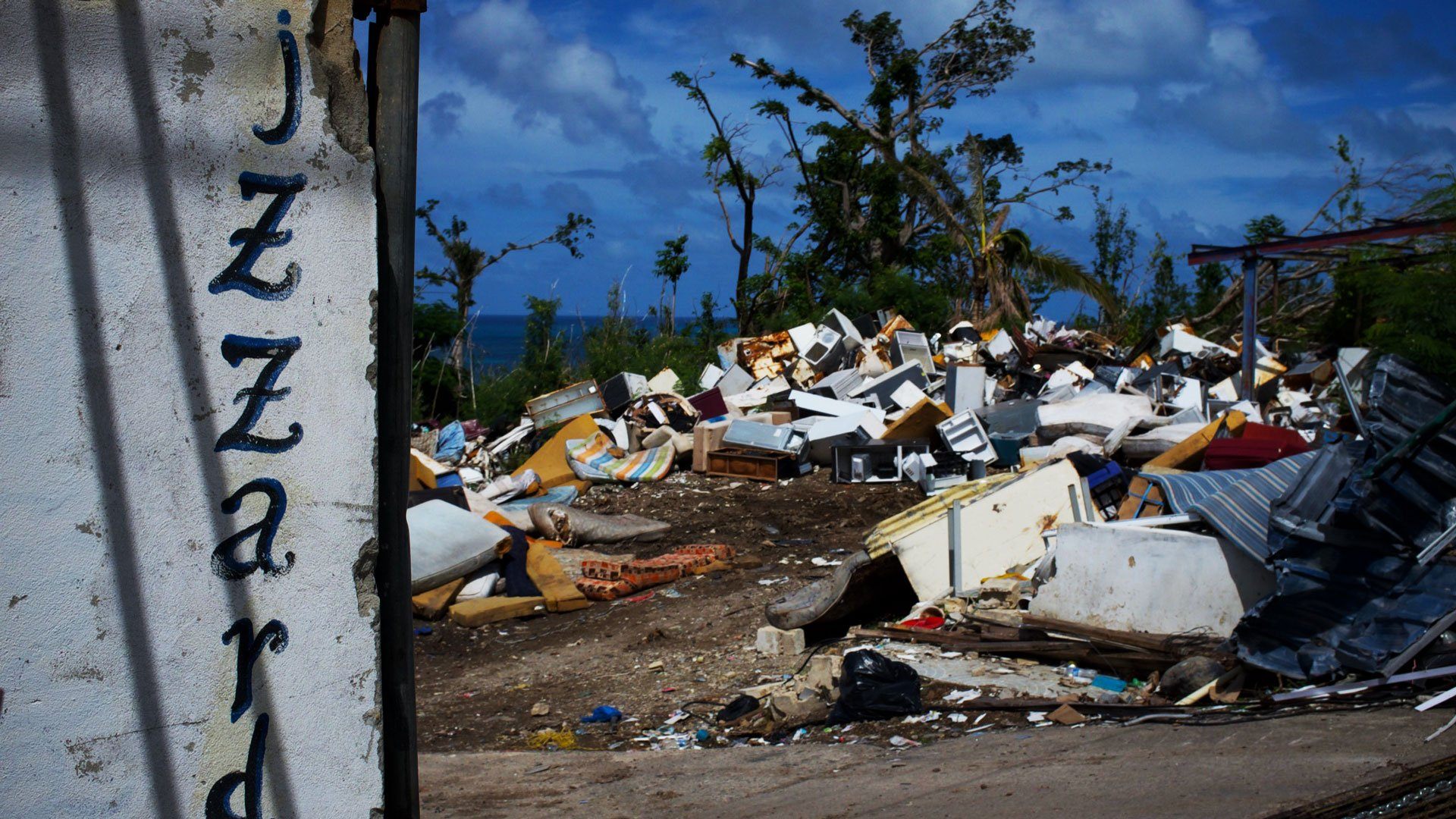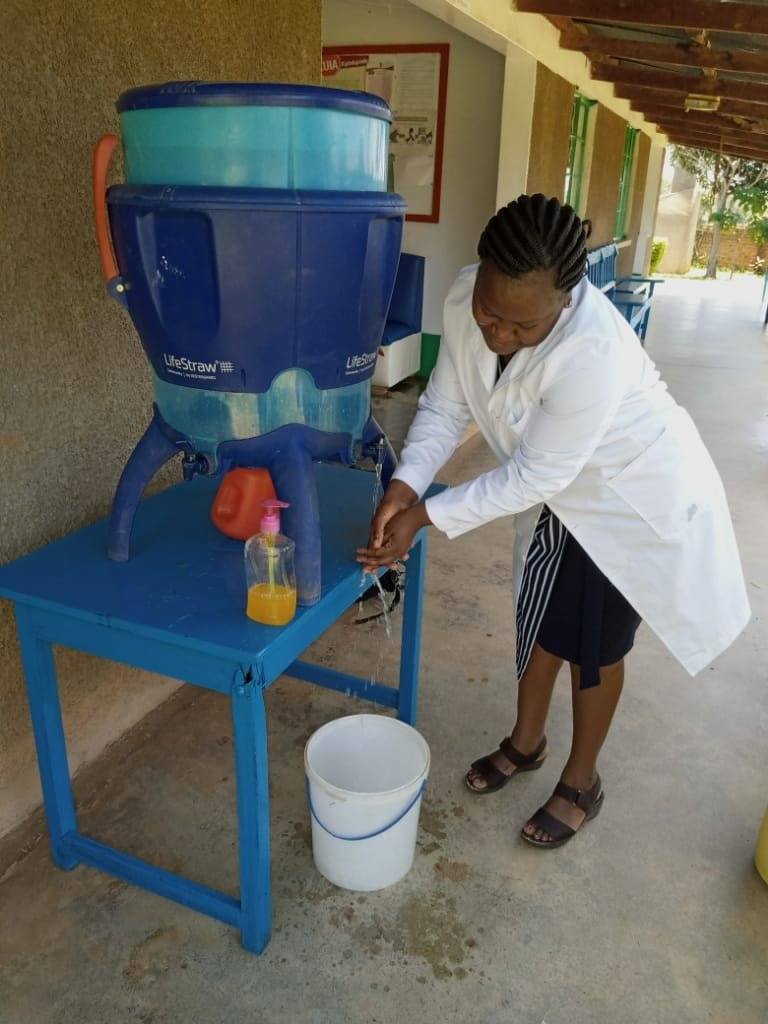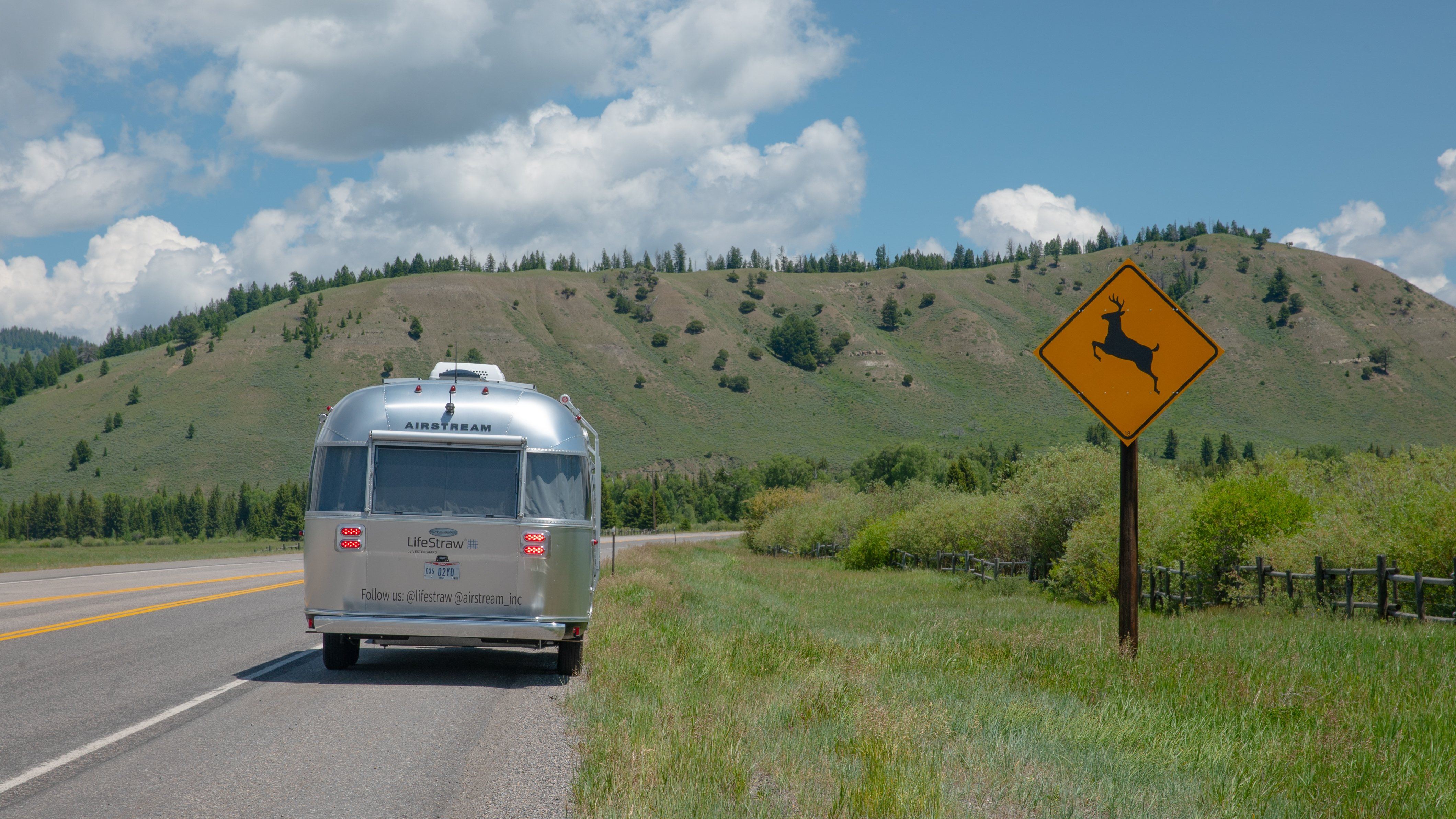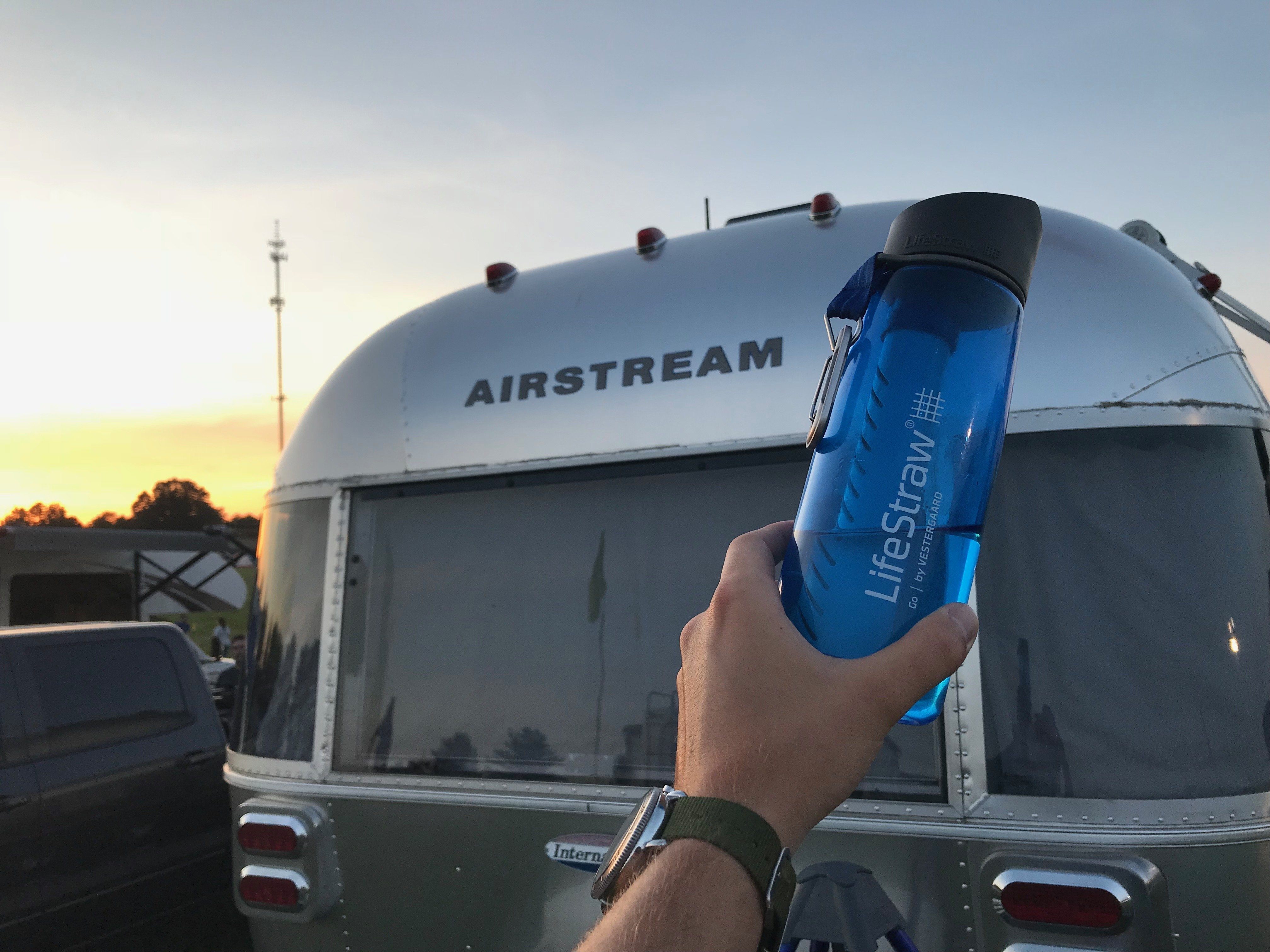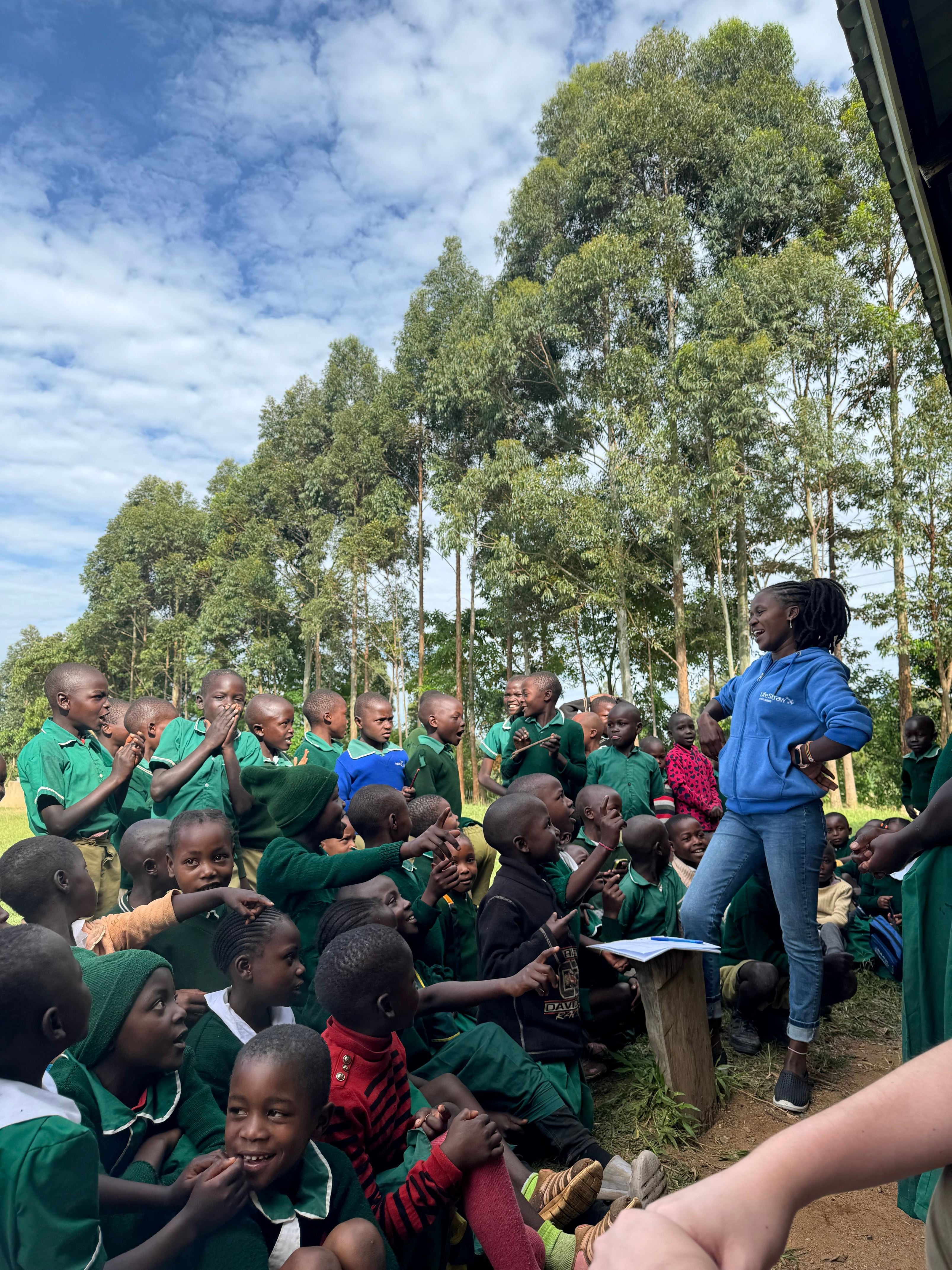
A Day in the Life of Nancy Kitur, LifeStraw Sub-County Coordinator
August 16, 24
LifeStraw operates a unique Give Back Program that lies at the heart and soul of its DNA. For every LifeStraw product sold, a school child in need receives safe water for an entire school year. LifeStraw is different from many other companies that just provide a small donation to charity. We actually implement and run our own programs, with our own technology, in some of the hardest to reach and most vulnerable communities in the world. To date, this program has provided a year of safe water to over 9 million school children year-on-year since inception.This past February, program participants actively took part in reaching 128,946 additional kids!
At the forefront of this initiative are local community members like Nancy Kitur, sub-county coordinator in LifeStraw’s Give Back program. Her role is pivotal, involving daily, on-the-ground efforts to ensure the program runs smoothly and effectively. Nancy is one of 40 local staff members in western Kenya passionate about safe water education. Our sub-county coordinators are responsible for training, data collection, filter maintenance, and educating communities on proper hygiene practices.
“It’s a privilege working at LifeStraw; the kind of impact you make each day,” she tells us. “At the end of the day, as I’m reflecting, I think I’m the luckiest person to work at such a company where you leave an impact on a child’s life.”
In light of World Humanitarian Day, we are highlighting the work that our sub-county coordinators do to improve communities in western Kenya.
LS: Can you tell us a bit about your background and how you came to be a part of team LifeStraw?
NK: I hold a Bachelor's Degree in education from one of the local Kenyan universities. Before joining LifeStraw, I worked as an editor and also as a volunteer in one of the marginalized Kenyan communities where a lot of teenage pregnancies were reported, thus making lots of young girls drop out of school.
I joined a team to educate the girls about periods, making beads to calculate their cycles and in educating other members of that community on the importance of educating their girls and not marrying them off at an early age. I have always enjoyed working with children and teenagers, and seeing the kind of impact LifeStraw was having in primary schools, I certainly knew I wanted to work with them.
LS: What does a typical day look like for you as a sub-county coordinator at LifeStraw?
NK: My typical day entails visiting a school, I meet the school’s teacher that has been assigned responsibility for ensuring the LifeStraws are properly maintained and used, and we go around together, inspecting every LifeStraw in the school. During this inspection, I check if all the LifeStraw Community filters have water, are under shade, and are accessible to children. For cases where any of the above is not met, we correct before I leave the school and also repair any LifeStraw that has an issue. To ensure that all LifeStraws are functional by the time I leave a school, we do prior communication with the teacher who gives me detailed information of the LifeStraws and their status thus helping me determine the kind of spare parts to carry during my visit to the school.
LS: How do you ensure the community fully takes responsibility for the program?
NK: Pupils and teachers are great ambassadors. Being the direct beneficiaries of the Give Back program, they voluntarily give stories of how waterborne diseases are a thing of the past for them since receiving the LifeStraws. When pupils go back home, they share with their parents and other community members who in turn help support the program knowing how beneficial it is to their children’s health. With such an impact on the children’s health, parents who have the LifeStraw Family also reach out to have theirs repaired to help the kids have safe water both at home and in school. In the end, you realize that the whole community owns and supports the program.
LS: Can you share a story about a big impact you've seen since joining the LifeStraw Give Back team?
NK: The common thing across all the program schools is how cases of waterborne diseases were so rampant that a large number of kids used to miss school due to sickness. The sad part is it left teachers so helpless and the best they could do was to send them home to be taken to hospital, and since most parents don’t have medical insurance or even money to take the children to hospital, the kids used to just stay at home helplessly until the disease ‘goes’ on its own. The best some parents could do was mixing water and salt and having their sick children take that, with hope that it will drive the disease away. Thankfully, since the donation of LifeStraw Community filters in public schools, children attend school regularly, are healthier and able to concentrate in class without the slightest worry in the world.
LS: What are some memorable moments or experiences that have defined your journey at LifeStraw and contributed to your professional growth.
NK: The most memorable experience for me was when I got to a certain school during lunch hour and found so many kids lined up for LifeStraw water (which was odd, considering the fact that most of them go home for lunch). On asking the staff, I learned that in the months of March up to June, kids depend on the LifeStraw water not only to quench their thirst but to also manage their hunger. The months of March up to June are famous because of the hunger levels in most parts of western Kenya and due to this, most kids don’t even waste time going home for lunch as there won’t be any food waiting for them. It humbled me to learn that in a way, we were not only solving issues related to waterborne diseases in these schools but also helping those kids survive harsh times like hunger.
LS: What aspects of LifeStraw's mission and products resonate most with you, and how have they inspired your dedication to the company over the years?
NK: The fact that LifeStraw strives to provide safe water for all and its huge contribution to environmental conservation and climate change resonates with me and is basically the reason why I love working with LifeStraw. My day-to-day activities in various Give Back schools also revolve around this.
LS: What are some key lessons or insights you've gained that you'd like to share with your colleagues and industry peers?
NK: From my daily interactions with the community, I have learned that everyone plays a role in bringing change to the world. Never think that whatever you are doing is nothing, it is everything!
I have also learned that the community is where all the fun is and even on low days, serving others can be a good inspiration to keep going!
If you are lucky enough to have a constant supply of food and safe water at your disposal, don’t take that for granted. It is NOT a common thing to every other person in the world.

